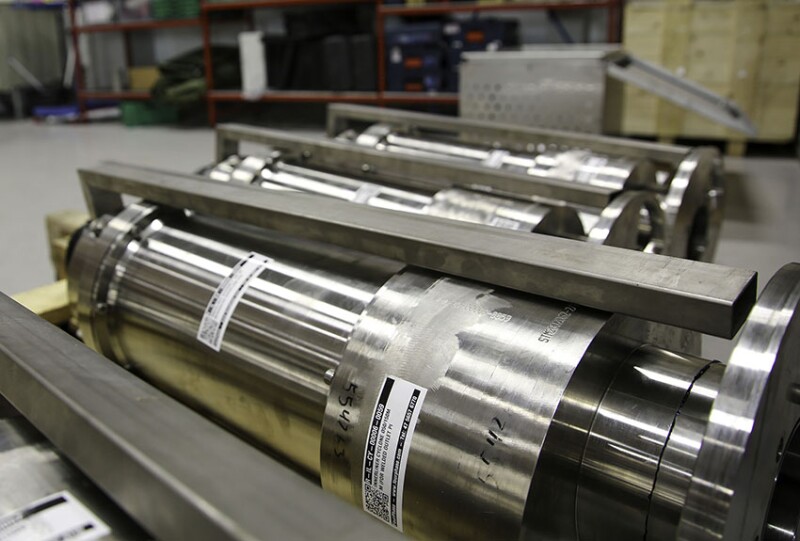The Challenge
A major North Sea operator had faced issues with sand filling up the production separator on a late-life well on the Norwegian Continental Shelf. The well was previously shut in due to sand production. A jetting operation was required, with solids to be separated on the water line upstream of the reinjection pumps in order to protect the pumps from erosion damage. The expected solids sizes were fines of 20–150 microns and sand in the 150–800-micron range.
×


Continue Reading with SPE Membership
SPE Members: Please sign in at the top of the page for access to this member-exclusive content. If you are not a member and you find JPT content valuable, we encourage you to become a part of the SPE member community to gain full access.

